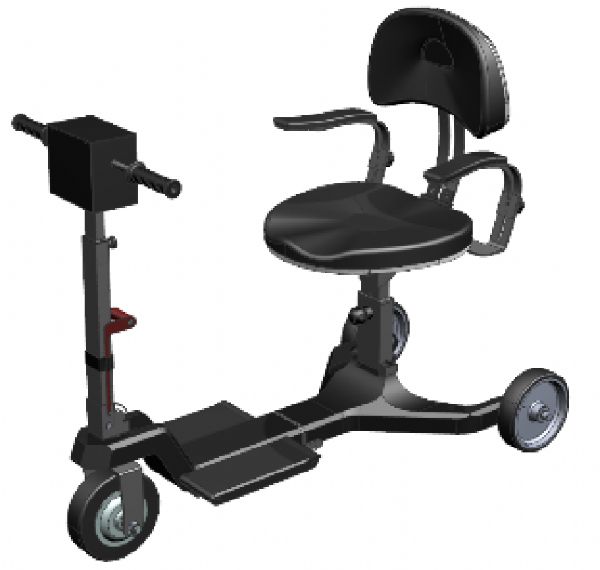 PDF(1274 KB)
PDF(1274 KB)


Identifying subassemblies and understanding their functions during a design review in immersive and non-immersive virtual environments
{{custom_author.name}}, {{article.zuoZheEn}}
 PDF(1274 KB)
PDF(1274 KB)
 PDF(1274 KB)
PDF(1274 KB)
Identifying subassemblies and understanding their functions during a design review in immersive and non-immersive virtual environments


| [{{custom_ref.label}}] |
{{custom_citation.content}}
|
/
| 〈 |
|
〉 |